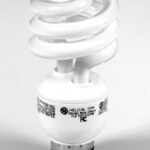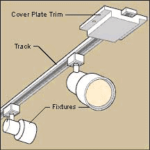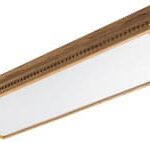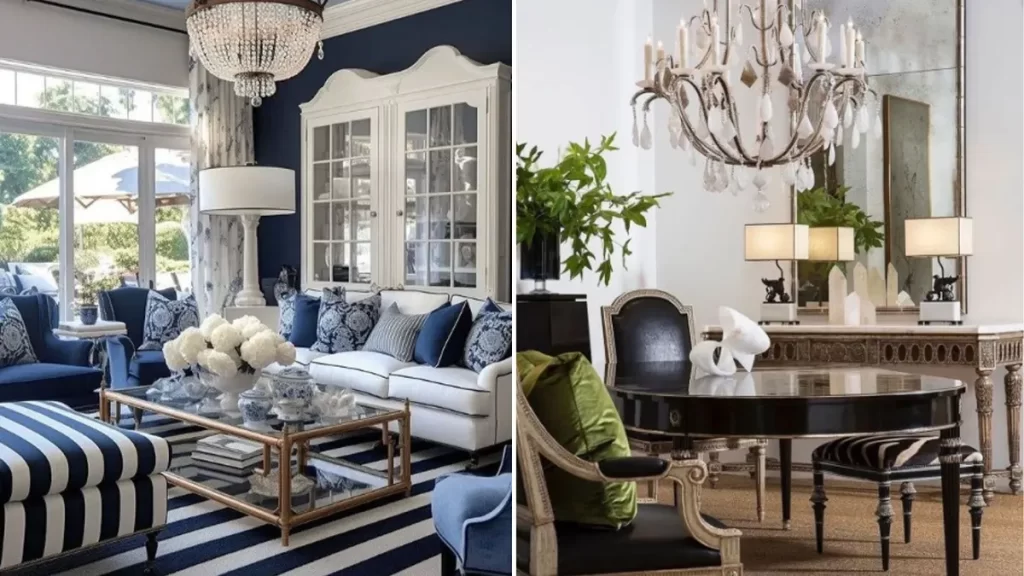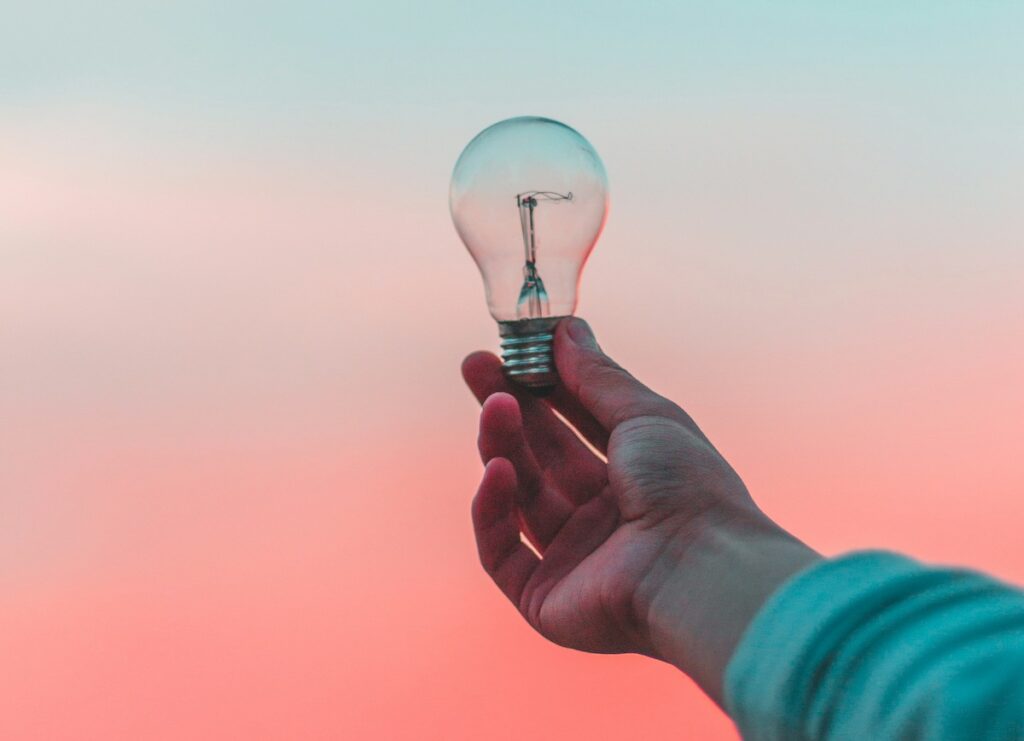This expert, unbiased buying guide discusses light bulbs and light fixtures. Covers task lighting, ambient lighting, accent lighting, and more.
Interior lighting can be divided into three basic categories–task, accent, and ambient–with different types of fixtures that each perform one of these functions.
Task lighting, which illuminates the area where an activity such as reading or food preparation takes place, is best served by single fixtures that direct light onto the work surface.
Accent lighting is primarily decorative, one-directional lighting that focuses attention on artwork or architectural features or simply sets a mood.
Ambient, or diffuse general lighting, provides a low level of soft light that complements such activities as watching television or entertaining.
Types of Bulbs & Fixtures
Lighting professionals often suggest you choose the bulb first and then the fixture. The type of light you select is a matter of personal preference, but energy efficiency is a growing concern for many homeowners. Popular bulb choices today include quartz-halogen, fluorescent, and incandescent varieties as well as the new generation of full-spectrum “natural” bulbs.
Surface-mounted fixtures are either mounted directly to a housing box (in the case of wall sconces and incandescent and fluorescent ceiling fixtures) or suspended from the box by chains or a cord. Some under-cabinet task lights plug into a nearby receptacle. Most surface fixtures come with their own mounting hardware, which is adaptable to any standard fixture box. Heavy fixtures, however, may require beefier attachments.
Today, recessed downlights usually are pre-wired and grounded to their own housing boxes. These fixtures need several inches of clearance above the ceiling, so they’re most easily installed below an unfinished attic or crawl space. Where space is tight, you can buy low-clearance fixtures.
New-work units, which are used where you have access, are easy to install; cut-in, or remodeling, models are also available. Many downlights produce a lot of heat, so you must either remove insulation within 3 inches of the fixture or buy an “IC” fixture that is rated for direct contact with surrounding materials.
Track systems are mounted to the wall or ceiling either directly or with mounting clips. Power is typically provided by a wire-in connector that’s mounted to a housing box (plug-in units are also available). Tracks can accommodate pendant fixtures, clip-on lamps, and low-voltage spotlights, as well as a large selection of standard fixtures. Track connectors allow some systems to be extended indefinitely—in a straight line, at an angle, or even in a rectangular pattern. Tracks with numerous fixtures may be powered by more than one circuit.
Compact Fluorescent Bulbs
Compact fluorescent lamps (CFL) are one of the brightest new technologies for the homeowner since batt insulation. Because CFLs use up to 80 percent less energy than typical incandescent bulbs, they are less expensive to operate, and with a lamp life that is about five times that of incandescent lighting there is also savings on replacement cost. They also burn cooler than incandescents, potentially lowering your cooling costs during the warm weather season.
CFLs work by using an arc discharge through a phosphor-lined tube. The new screw-in CFLs operate basically like the long tube fluorescents from high school shop class but have enhanced warm tones added to the glass to make them more aesthetically pleasing.
CFLs screw into most standard fixtures, although you may have to use an adapter with some ceiling fixtures. Compact fluorescents come in a variety of shapes and sizes, ranging from a standard light bulb look to coiled, U, and oval shapes.
There are two things to remember when switching over from incandescent bulbs to CFLs. First, to extend the life of your new bulbs, install them in places where you expect them to be on for longer than 15 minutes. Frequently turning them on and off can significantly shorten their life. The second thing to be aware of is that CFLs contain trace amounts of mercury.
To complete the green cycle with CFLs, be sure to recycle expired bulbs at a qualified disposal facility so that the toxic mercury does not end up in your local landfill.
See more about Energy-Saving Light Bulbs.
For more about buying lighting and light bulbs, please see:
- Energy Efficient Indoor Lighting Design
- Remote Controls for Lighting
- Types of Lighting
- Compact Fluorescent Lighting and Bulbs
Featured Resource: Get a Pre-Screened Local Lighting Installation Pro



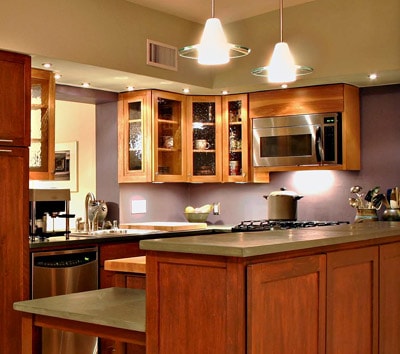
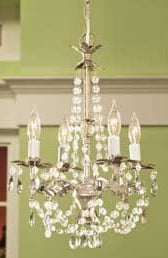
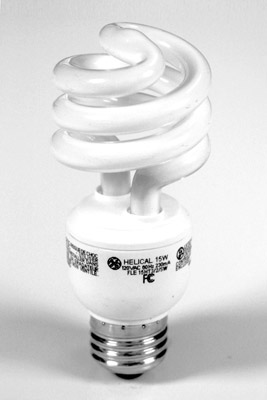
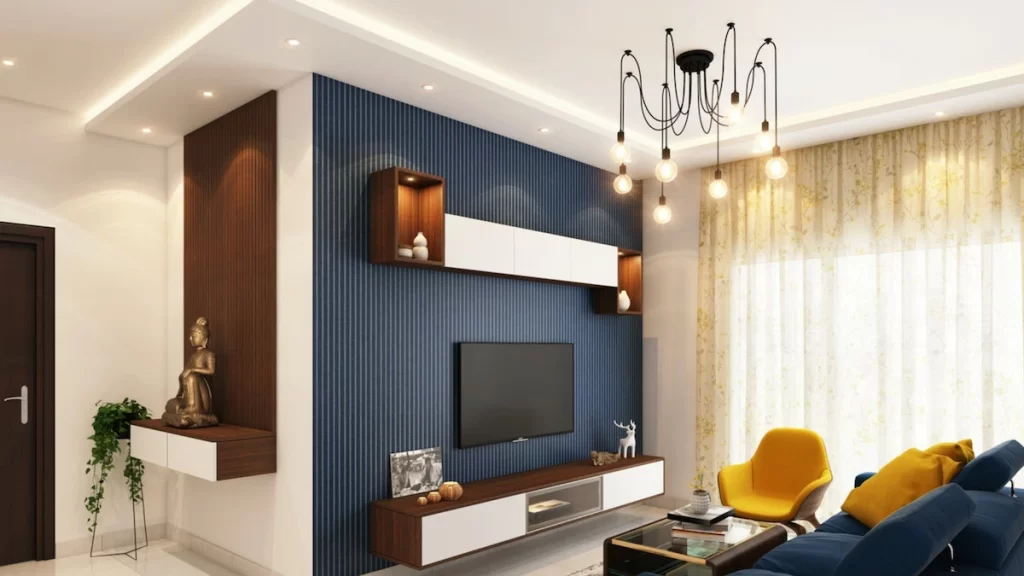

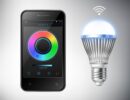

 Don Vandervort writes or edits every article at HomeTips. Don has:
Don Vandervort writes or edits every article at HomeTips. Don has:
